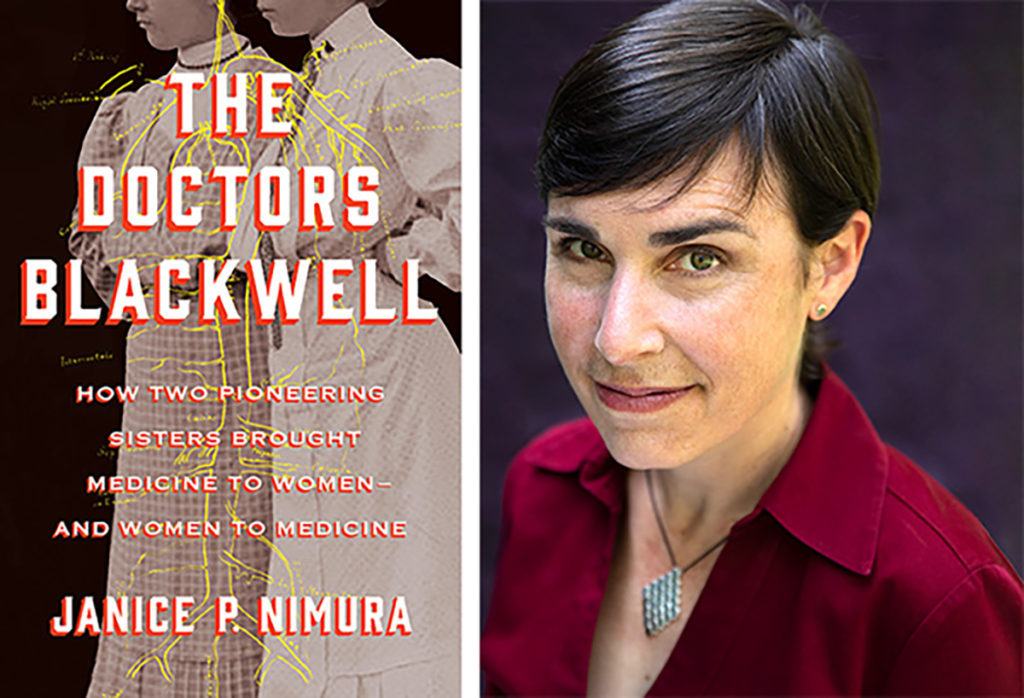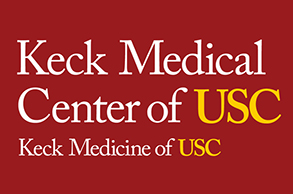Nursing Book Club
The Doctors Blackwell: How Two Pioneering Sisters Brought Medicine to Women — and Women to Medicine by Janice P Nimura
We've come so far

It’s interesting to wonder what really motivates people, especially important historical figures. In her new book, The Doctors Blackwell, author Janice P. Nimura delves into the lives of groundbreaking 19th century female physicians Elizabeth and Emily Blackwell, hoping to better understand what made them tick.
Progressive Family
Elizabeth and Emily were born in Bristol, England, but their family emigrated to New York in 1832. Nimura writes that the Blackwells’ parents were “intellectually adventurous, politically engaged and prized the moral over the material.” In their family of nine children, the girls were granted “the same access to knowledge as the sons,” unusual for the time.
One of the most surprising things about Elizabeth Blackwell is that she had never really wanted to be a doctor, and she found the study of anatomy and disease disgusting.
However, when a family friend dying of uterine cancer lamented that she would have suffered less if she could have had “a lady doctor,” Elizabeth it took as a call to arms and a moral challenge.
The First Female M.D.
In the mid-1800s, the idea of a woman studying medicine, in the company of men, was unheard of. Elizabeth had a difficult time even finding a medical school that would take her.












